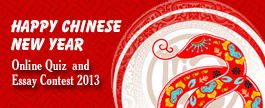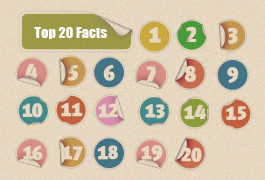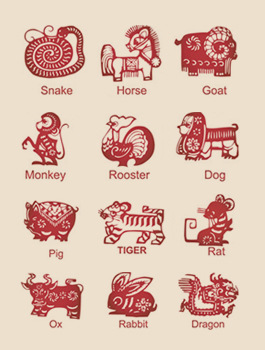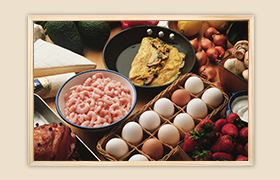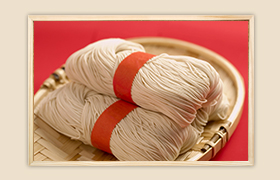Chinese Medicinal Cuisine
(Chinadaily.com.cn)
Updated: 2013-02-05

A lot of people all over the world like to eat Chinese food, but Chinese Medicinal Cuisine (食疗, shíliáo) is an ancient healing art you can explore. It is a kind of traditional medicine.
Long ago, people taught about how the body operates and gave suggestions about what to prepare to stay healthy or cure disease. If you are interested in exploring traditional Chinese cooking methods for better health, here is some background information, general principals, and recipes.
A lot of people all over the world like Chinese food. The common Chinese food eaten around the world isn’t authentic though. Authentic Chinese food dishes are prepared according to traditional recipes and techniques, based on ancient ideas about how the human body operates, and they described the effect of each kind of meat, grain, herb, or vegetable on the human body.
History of Medicinal Cuisine Ancient Chinese medical books list hundreds of plants, animals, and chemical ingredients and tell their specific effects on the human body. These books give ideas about the physical principals involved in human health, and they describe how herbs or special foods help people, along with medical techniques such as moxibustion and acupuncture.
The earliest work on these various topics dates from the early HanDynastyera (206 BC-220 AD) and is called the Huangdi Neijing. The Huangdi Neijing (The Yellow Emperor's Classic of Internal Medicine) is more than 2,000 years old.
Though that was very long ago, it contains the basic ideas of Chinese food therapy. It classified food by four food groups, five tastes and by their natures and characteristics.
The text gave recommendations on what to eat for different health conditions and different environmental conditions. It explained what to eat when in various environments such as cold weather, hot weather, rainy or dry conditions, and what to eat for specific medical conditions.
Since that time, the basic ideas about food and health have changed little.
General Principals of Chinese Medicinal Cooking
Balance, Balance, Balance The basic idea is to balance the qi, Yin and Yang, and the body fluids. This is the basic idea of Chinese traditional medicine. It is thought that a healthy body or organ has a proper balance of these things. When they are out of balance, there is disease or sickness.
The environment or physical injury disrupts the balance. For example, cold weather causes a lack of qi or high Yin in the body. So high Yang foods are eaten. In hot weather when there is naturally too much Yang, high Yin foods are eaten.
Recipes for each season are described below.
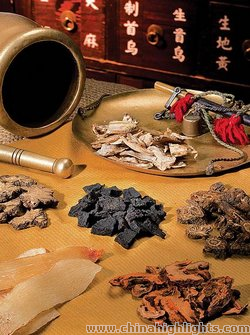
Adding Medicinal Herbs to Your Diet Healing herbs or animal parts can be added to the diet to heal disease. Many of the same herbs are used by Western herbalists and herbalists in other parts of the world for the same conditions, so this strongly suggests that the herbs have real medicinal effects. Otherwise, how did people all over the world have the same herbal treatment ideas for hundreds of years?
Mixing Heats and Flavors
All foods are categorized by qi temperature, ranging from high yang to high yin, and one of the five food flavors (sour, sweet, bitter, hot and salty). A food item’s qi temperature and specific flavor influences the body in its own way.
It is thought that people should generally include all the flavors in every meal and balance the temperatures. So generally a healthy meal will include both yin and yang food items and each of these five tastes. In main stir-fried dishes, a variety of ingredients with each of these attributes are usually mixed and fried together.
Most Chinese people think that if too much of one type of food is consumed, it can cause an imbalance in the body.


